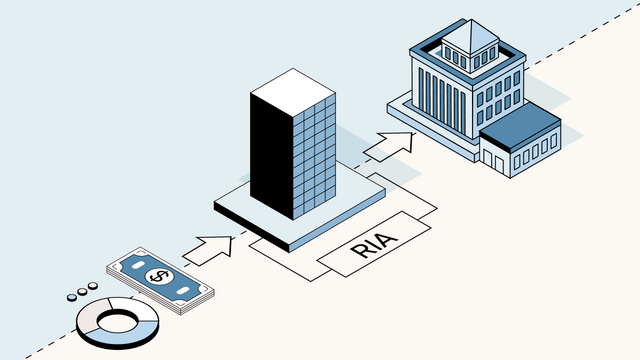What is a general partner?
A general partner (GP) is a member of a limited partnership who plays an active role in day-to-day operations and assumes unlimited personal liability for any business debts. In the context of p rivate equity and venture capital, most investment funds are structured as limited partnerships with limited partnership agreements (LPA); the GP is typically seen as the venture fund manager.
General partner vs. limited partner
A limited partnership involves at least one GP and at least one limited partner (LP). In contrast to a GP, an LP is removed from day-to-day operations and assumes limited liability for debts, meaning the LP only has exposure up to the amount of their investment.
The GP’s main contribution to a partnership is usually their operational skills and investment expertise. Usually, the LP’s main contribution is capital in which the GP can invest. Pension funds, endowments, foundations, family offices, and high-net-worth individuals are all common types of LPs to encounter in venture capital funds.
|
General partner |
Limited partner | |
|
Day-to-day involvement |
Unlimited |
Limited |
|
Risk level |
Higher |
Lower |
|
Share of partnership’s profit |
Around 20% |
Around 80% |
Managing partner vs. general partner
A managing partner is an executive who typically owns some portion of a business and is responsible for day-to-day operations. In venture capital, the managing partner is often the highest ranking individual at a firm.
Unlike a general partner and a limited partner, a managing partner is not a role of a member of a limited partnership. Rather, “managing partner” is a title held by a person who might work for an investment firm or another company.
How is a general partner structured?
Limited liability company (LLC)
A general partner in a limited partnership is usually not a person but an entity. A GP is typically structured as a limited liability company (LLC) in which the individuals who will actively manage the fund are members and/or managers.
This allows fund managers to limit their “unlimited liability” exposure to the fund only to the assets in the GP LLC and not reach their personal assets as individuals. The GP entity will be entitled to receive carried interest in the fund, which then gets passed through to the LLC members.
Limited partnership (LP)
A general partner entity can also be structured as a limited partnership itself. You should talk to your legal counsel to discuss which entity format is best suited to your own legal, financial and tax situation.
Fund manager compensation
A fund manager in a venture capital or private equity fund is typically compensated in two ways: management fees and carried interest.
Management fees
Management fees (the fees a fund manager receives in exchange for managing capital) are usually paid to the management company, not the GP. But the fees could be paid to the GP, who then pays the LP at the management company.
The management company is a separate operating entity that may span across multiple funds in a firm, but a GP entity is usually limited to one per fund. Management fees vary across the industry, often falling somewhere between 0% and 2%. Management fees can be used to pay employee salaries and other operating expenses of the fund.
Carried interest
GPs also receive a portion of any profits from their fund’s investments, which is known as carried interest, or carry. As with management fees, the size of the carry varies across funds. In the most common structure, the GP receives 20% of all profits as carried interest and returns 80% to LPs.
How are general partners taxed?
Neither limited partnerships nor limited liability companies pay any income tax at the entity level. Instead, in both structures, the partnership “passes through” any income to the GP entity, which then passes through income to its own members, who then pay personal taxes on their share of the partnership’s gains.
This pass-through taxation for partnerships is typically appealing to fund managers, because it means they only pay taxes on any profits one time. In contrast, their portfolio companies are typically C-corporations, which are subject to what’s sometimes called double taxation: The company pays a corporate tax on any income, and all shareholders must also pay tax on any dividends or distributions.




